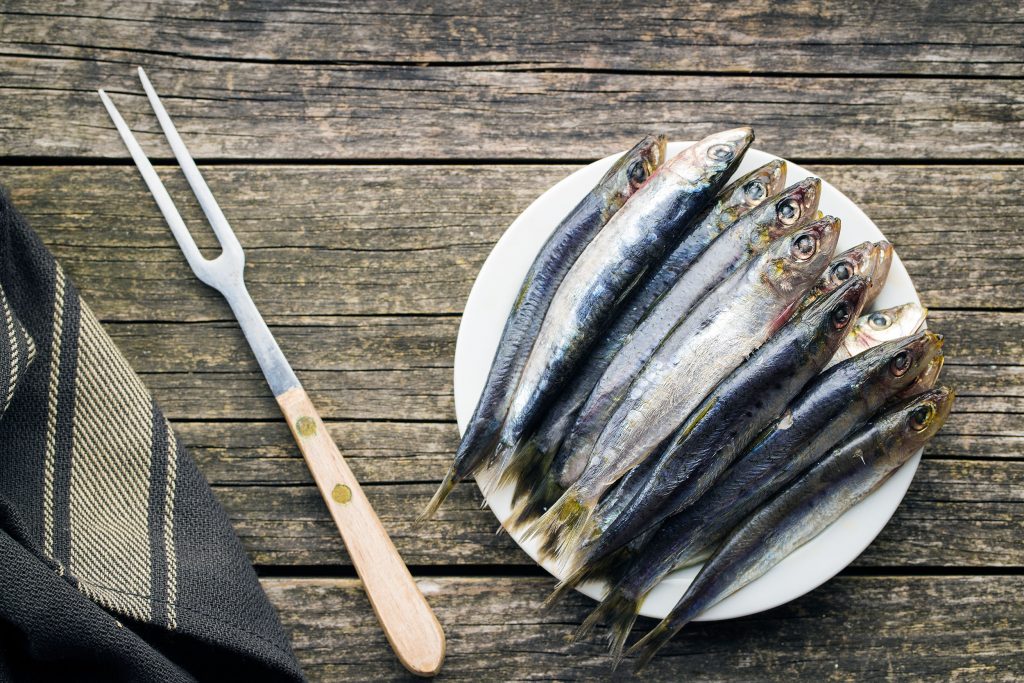November 24th recognizes these silver little fishes on National Sardines Day. They may not swim right up to your plate, but they sure do pack in the flavor.
While some people are afraid to taste these small, silverfish, others consider sardines a delicious snack enjoyed on their own or with crackers.
Sardines are several types of small, oily fish, related to herrings. While we might be most familiar with sardines packed in cans, some enjoy fresh sardines grilled. This small fish can also be pickled and smoked, too. When canned, they can be packed in water, olive, sunflower or soybean oil or tomato, chili or mustard sauce.
The term sardine was first used in English during the beginning of the 15th century, possibly coming from the Mediterranean island of Sardinia where there was an abundance of sardines.
Sardines are a great source of vitamins and minerals.
From one’s daily vitamin allowance containing:
- 13 % B2
- .25 % niacin
- 150% vitamin B12
- phosphorus
- calcium
- potassium
- iron
- selenium
- omega-3fatty acids
- vitamin D
- protein
– B vitamins are important in helping to support proper nervous system function and are used for energy metabolism.
– Omega 3 fatty acids reduce the occurrence of cardiovascular disease and regular consumption may reduce the likelihood of developing Alzheimer’s disease and can even boost brain function as well as help lower blood sugar levels.
Relative to other fish commonly eaten by humans, sardines are very low in contaminants, such as mercury.
Sardine oil is used in the manufacturing of paint, varnish and linoleum.
The sardine canning industry peaked in the United States in the 1950s. The Stinson Seafood plant in Prospect Harbor, Maine, which was the last large sardine cannery in the United States, closed its doors on April 15, 2010, after 135 years in operation.


